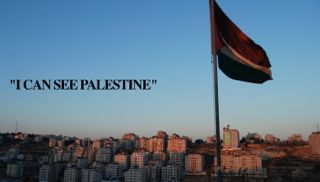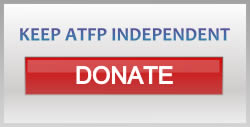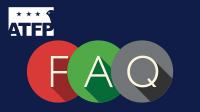More than three years of Intifada and closures have plunged the Palestinian economy into
deep crisis, causing dramatic declines in living standards. This report – and indeed much
of the attention of the donor community – focuses on the situation of the poorest of the
poor. We have chosen this focus because the resources available for poverty reduction are
insufficient to meet the needs of all individuals below the official poverty line. In the
current context, donors and policy makers are naturally concerned that the resources
available reach those who are most dependent on emergency assistance. Their concern is
reinforced by two perceptions: (i) that the poorest have exhausted their savings and are
increasingly vulnerable to malnutrition and permanent poverty traps should they face
further economic shocks and (ii) the poorest will be unable to benefit from economic
recovery because they tend to be unskilled or unable to work. Throughout the report, we
use a subsistence definition of poverty, which includes individuals whose expenditures
are less than 205 NIS per person per month. Using this definition of poverty, we find that
16 percent of the Palestinian population of the West Bank and Gaza cannot afford to
consume the minimum caloric intake as established by the FAO and WHO.
To download the full report please click below:
The World Bank - May 31, 2004 - Back to Resources Page
Did we miss something?
Click here to suggest a state building resource to be added to our fast-growing archive!
















